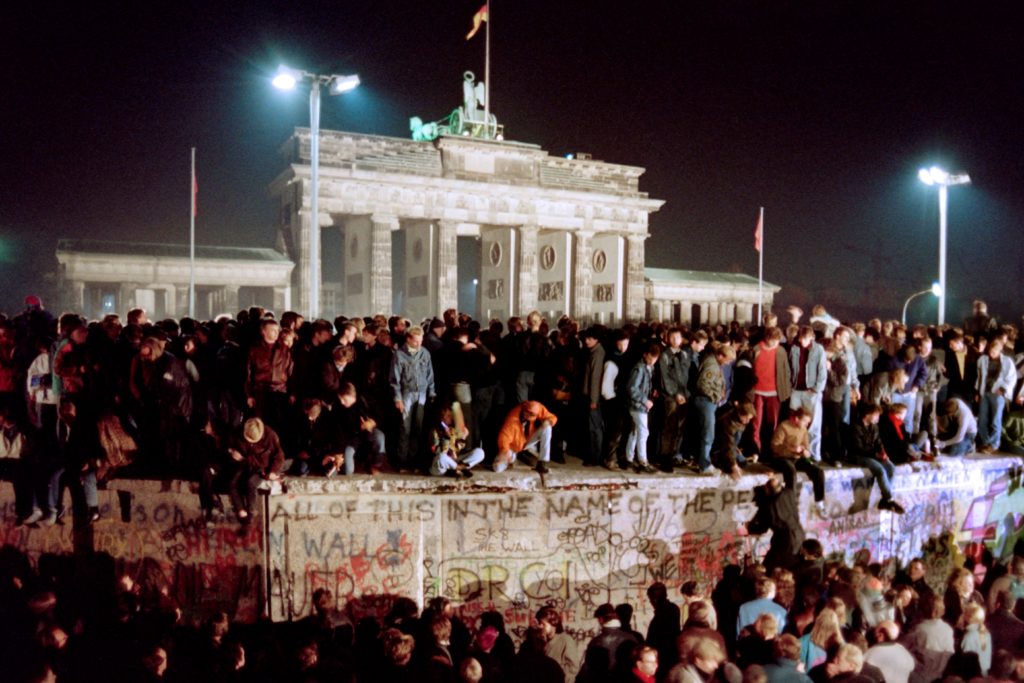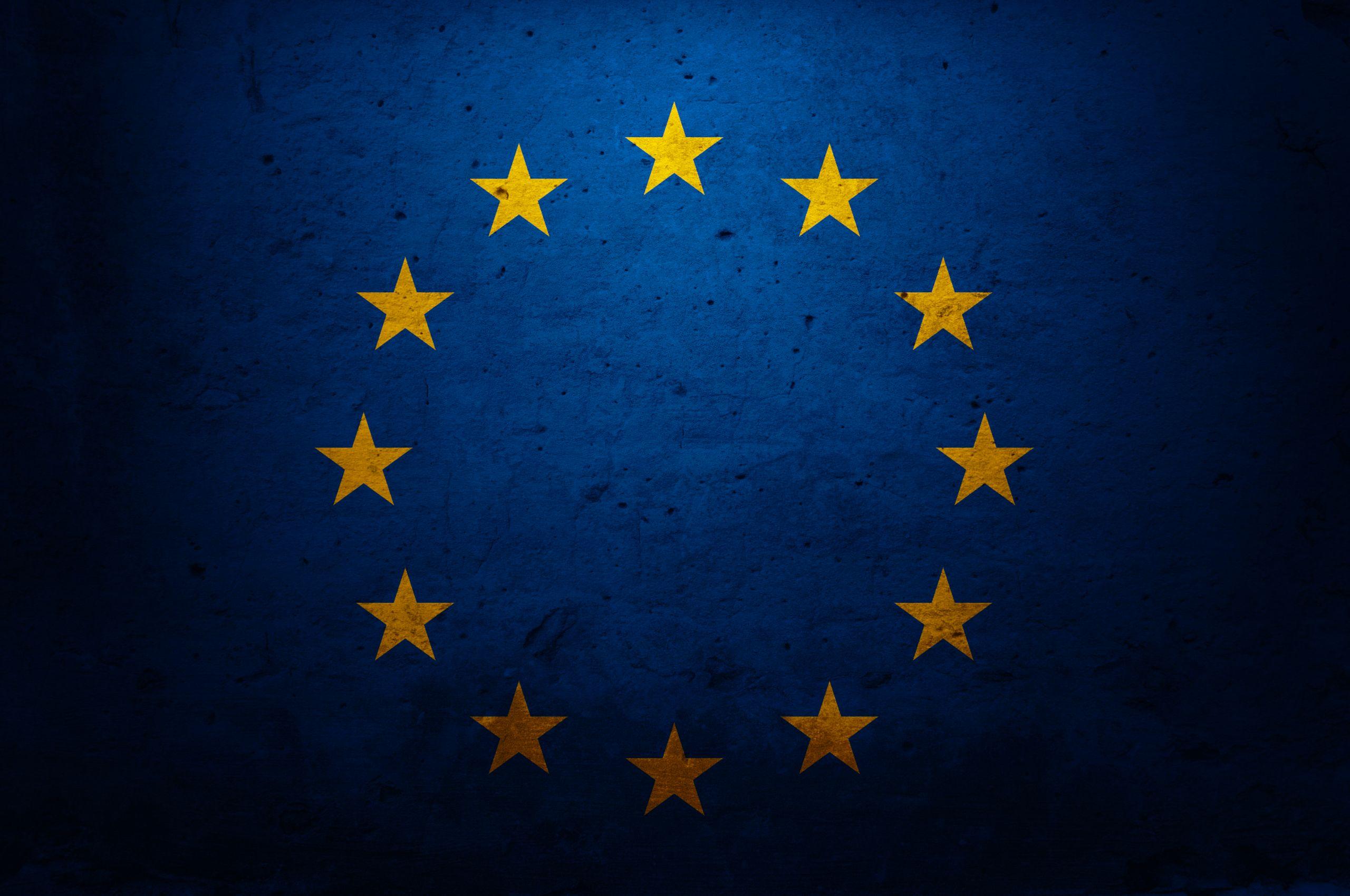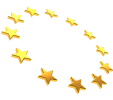MADRID — It’s riskier than the Cold War.
It’s less predictable, with fewer ground rules, a real danger of nuclear escalation, attritional bloodletting deeply scarring Ukraine, and no clear path back to any sort of détente.
NATO leaders on Thursday concluded a summit meeting in Madrid that positioned the alliance on the brink of a confrontation with Russia. Allies insisted that they would back Ukraine “as long as it takes” to repel Russian President Vladimir Putin’s armies, while also straining to keep the alliance away from a direct fight with Russia, warning that the conflict could spin out of control at virtually any moment.
The allies vowed to develop capabilities to mobilize more troops, more quickly along Russia’s border than at any point since the collapse of the Soviet Union, with new command posts across the Baltic nations and other eastern allies once trapped behind the Iron Curtain that are now the most hawkish toward Moscow.
But unlike at the height of the Cold War between the U.S. and USSR more than a generation ago, the current standoff is not anchored in the balance of two big, superpower adversaries. The nuclear nonproliferation architecture of the 1980s and 1990s has mostly disintegrated. The historically nonaligned countries of Finland and Sweden have taken sides.
Cyber warfare, disinformation, high-tech weapons like hypersonic missiles and armed drones, and new domains of conflict like the Arctic and outer space have all injected previously unseen and highly uncertain risks.
NATO Secretary-General Jens Stoltenberg, at his closing news conference in Madrid, bluntly acknowledged that the peril now exceeded that of the Cold War. And he pointedly warned Putin that any encroachment on allied territory would instantly bring the full wrath of Western military might against him.
“We live in a more dangerous world and we live in a more unpredictable world,” Stoltenberg said. “And we live in a world where we have actually a hot war going on in Europe, with large-scale military operations we haven’t seen in Europe since the Second World War.”
“Of course, this is imposing suffering on the Ukrainian people — we see that every day and we pay tribute to the courage, to their bravery,” Stoltenberg continued. “At the same time, we also know that this can get worse — because if this becomes a full-scale war between Russia and NATO, then we’ll see suffering, damage, death, destruction at a scale which is much, much worse than what we see in Ukraine today.”
Then Stoltenberg laid down the line.
“We have so significantly increased our presence in the eastern part of the alliance — with more than 40,000 troops under direct NATO command — to remove any room for miscalculation, misunderstanding in Moscow about our readiness to protect every inch of NATO territory,” he said. “That’s NATO’s core responsibility: to make sure that there is no misunderstanding in the minds of any adversary, that if they do anything like what Russia has done to Georgia in 2008 or Ukraine now, that will trigger the full response from the whole alliance.”
Tectonic shift
Spanish Prime Minister Pedro Sánchez said Russia’s invasion of Ukraine amounted to a “tectonic change in the international order” and that allies were forced to act because they could not take their own security, or peace in Europe, for granted anymore.
Stoltenberg, Sánchez, U.S. President Joe Biden and other leaders cited the historic decision of Finland and Sweden to abandon years of non-alignment and join NATO, which stands to vastly increase the alliance’s capabilities, particularly in cold-weather warfare, in the Baltic region and the Arctic — all of which created substantial new challenges for Russia.
(Still, accepting the two Nordic nations into the alliance requires ratification by all 30 allied parliaments and Turkish President Recep Tayyip Erdoğan on Thursday raised the possibility of another obstacle, saying he would insist that Finland and Sweden extradite dozens of people Turkey has identified as alleged terrorists. “Defensible politics and principled foreign policy can be carried out as long as the words are kept,” Erdoğan said.)
Biden, speaking at his own news conference, said that the expansion of the alliance showed how the war had fundamentally backfired on Putin.
“I told Putin that if he invaded Ukraine, NATO would not only get stronger, but we get more united,” Biden said. “And we would see democracies in the world stand up and oppose his aggression, and defend the rules-based order. That’s exactly what we’re seeing today. This summit was about strengthening our alliances, meeting the challenges of our world as it is today and the threats we’re going to face in the future.”
He added: “Putin thought he could break the transatlantic alliance. He tried to weaken us. He expected our resolve to fracture. But he’s getting exactly what he did not want.”
But other allies conceded that despite NATO unity, the danger of a major conflict had only increased.
“We are definitely in the most dangerous security situation in 30 years,” Estonian Prime Minister Kaja Kallas said in a brief interview with POLITICO after the summit. “We are not only talking about conventional war, but we are talking about cyber warfare, we are talking about information warfare, and we are also talking about hybrid attacks that we see in different parts of the world. So we are in a very dangerous era.”
In response to all this, NATO leaders adopted a once-in-a-decade strategic blueprint, called the “Strategic Concept,” which starkly branded Russia as “the most significant and direct threat to Allies’ security and to peace and stability in the Euro-Atlantic area.” It was a sea-change from the previous Strategic Concept of 2010, which then referred to wanting a “strategic partnership” with Russia.
Beijing-Moscow axis
In their blueprint, the leaders also stated their perception of new threats from China. “The People’s Republic of China’s (PRC) stated ambitions and coercive policies challenge our interests, security and values,” they wrote, adding: “The PRC’s malicious hybrid and cyber operations and its confrontational rhetoric and disinformation target Allies and harm Alliance security … It strives to subvert the rules-based international order, including in the space, cyber and maritime domains.”
The allies also drew a link between the fire-breathing dragon of China and the growling bear of Russia. “The deepening strategic partnership between the People’s Republic of China and the Russian Federation and their mutually reinforcing attempts to undercut the rules-based international order run counter to our values and interests,” they wrote.
Kallas said it was crucial for allied leaders to put the Russian threat on paper in black and white. Estonia and its Baltic neighbors, Latvia and Lithuania, have long complained that Western European allies have been negligent in responding to the Russian threat, and too forgiving of Putin’s malign military activities because of their own economic interests and reliance on Russian energy.
“Understanding and putting into wording that Russia is the most direct and imminent threat to the allied security, I think this is the most important,” Kallas said, describing the outcomes of the summit. “The second for us is, of course, that everybody has heard our concerns and we move from the tripwire concept or the deterrence posture to defense posture.”
She added: “We are bolstering the eastern flank and the defense of our region because the level of aggression has risen.”
Thousands of young East Berliners crowd atop the Berlin Wall, a symbol of the Cold War | Gerard Malie/AFP via Getty Images
The demand to be heard by smaller allies like the Baltic nations is yet another novel factor in the new confrontation with Russia. Last year, in the European Council, the Baltics and Poland quickly put a stop to a push by France and Germany to hold a summit meeting with Putin.
The eastern countries argued Russia had not responded clearly enough to overtures made by Biden during a summit meeting in Geneva. Putin complained that “Russophobic” nations were gaining too much sway in Europe.
Since the invasion, the eastern countries have pushed hardest for the West to support Ukraine, and to help allies. And at times their hawkishness has unsettled bigger allies.
Lithuania, for instance, recently blocked some Russian rail cargo meant for the Russian exclave of Kaliningrad, creating a new, potentially dangerous point of tension and infuriating the Kremlin.
Vilnius said it was acting in accordance with EU sanctions. But German Chancellor Olaf Scholz, who voiced unwavering support for Ukraine at both the NATO summit and a G7 summit earlier this week, warned against interfering in the transit of goods.
During a news conference in Madrid, Scholz urged Lithuania and the EU to lift restrictions on freight transport from Russia to Kaliningrad, arguing that EU sanctions against Moscow should not apply there. “We are dealing here with traffic between two parts of Russia,” Scholz said.
Scholz slapped back at Putin’s complaint that NATO was allegedly pursuing “imperialist ambitions,” saying the Russian dictator was projecting his own mindset onto the alliance.
“To be honest, that’s pretty ridiculous,” Scholz said. “Because, in fact, NATO is a defensive alliance. It does not attack other countries and does not intend to do so. It is not a threat to anyone in its own neighborhood. In fact, it is Putin who has made imperialism the goal and object of his policy. He is the one who comments in essays on the fact that parts of his neighboring countries are actually part of his country. And he has taken action in Ukraine to seize a piece of land for himself. That’s imperialism and cannot be called anything else.”
Norwegian Prime Minister Jonas Gahr Støre said things have changed since 2010 when NATO leaders aimed to build a working relationship with Moscow.
“I was present at the NATO summit adopting the former strategic concept — I was foreign minister — and then we had the aspiration of a partnership,” Støre said. But citing “the daily destruction, the extraordinary brutal use of military force” in Ukraine, the Norwegian leader added, “In 2022, I think, you know, nobody doubts the seriousness of the situation.”
Among the most crucial decisions taken by leaders at the summit were plans to strengthen NATO’s so-called force posture, including with ambitious plans to be able to mobilize as many as 300,000 troops within 30 days. There was some confusion and disagreement about when such a capability might be achieved, but the resolve among allies to bolster their presence on the eastern flank was not in the slightest doubt.
The new model is about “more assured availability” of forces from allies, said one senior NATO official. “More readiness, more exercising, more preparation for the locations that these forces might have to deploy to — particularly in defense of the alliance — so that is the heart of what is new.”
“It’s a work in progress,” the senior official added. “We will continue to work with allies over the next year or so to identify the forces that can be attached to this model and to populate the model. But we know the forces exist … So this is an exercise of pre-identifying forces, which can be linked to defense plans.”
Several allied leaders, including U.K. Prime Minister Boris Johnson and French President Emmanuel Macron, used the Madrid summit to announce additional military assistance for Ukraine. Dutch Prime Minister Mark Rutte spoke out forcefully, saying the alliance as a whole needed to do much, much more to tilt the war in Ukraine’s favor.
Race against the clock
But even as they pledged to support Ukraine for “as long as it takes,” it was impossible for leaders to guarantee such open-ended commitment. Ukraine’s financial needs are staggering, running from approximately €5 billion to €7 billion a month to keep the country afloat. And it needs longer-range artillery, as well as more sophisticated missile defense systems.
Biden, in particular, insisted that the U.S. support for Ukraine would not waver. But, in fact, he is facing midterm Congressional elections later this year in which his Democratic party could lose control of both chambers of Congress. If that happens, it is far from clear that a Republican-controlled House of Representatives would be willing to approve new packages of assistance. Some allies are also deeply worried about the possibility that former President Donald Trump could return to the White House, and renew the turbulence that he often brought to NATO meetings.
In Madrid this week, however, there was only rock-solid unity.
In conjunction with the Madrid summit, the U.K. announced an additional £1 billion in aid for Ukraine, but the U.K.’s business and energy secretary, Kwasi Kwarteng, said some of that money would come from unspent funds that had been allocated for the fight against climate change. It was an example of how leaders are being forced to shortchange long-term policy goals and future generations to address the immediate imperatives of the war.
Johnson, at the G7 summit in Germany and also in Madrid, stressed that Ukraine must determine the terms of any ceasefire or settlement, and he has warned that trying to stop the fighting now would only help Russia, which is occupying large swaths of territory in southern and eastern Ukraine.
“If Ukraine were to be crushed, or forced into a bad peace, the consequences for freedom around the world would be appalling,” Johnson said on Thursday. “And that view is shared by everyone in NATO.”
Biden, at his news conference, invoked NATO’s collective defense clause, known as Article 5. “An attack on one is an attack on all,” he said. “And we will defend every inch of NATO territory, every inch of NATO territory.”
Cory Bennett, Andrew Desiderio and Paul McCleary contributed reporting



